Scopri gli eventi BLS di questo mese
24-27 ottobre
A+A 2023
Düsseldorf, Germania
stand n. 9B32

The quality of the filters used by BLS for the filtration of gases and vapours meets high safety standards and guarantees excellent filtration performance.
Activated carbon is a material with high adsorptive capacity, composed mainly of amorphous carbon and characterised by a highly porous structure and high specific area (500 to 2500 m²/g). One gram of activated carbon has a surface area equivalent to that of a football pitch. Due to this large specific area, activated carbon can hold many molecules of other substances on its large inner surface area.
In the phenomenon of adsorption, chemical species (molecules, atoms or ions) establish a chemical-physical interaction on the separation surface between two different phases. The adsorption power of activated charcoal is assessed according to specific indices, such as the benzene index, the molasses index (indicating the ability of charcoal to adsorb high molecular weight substances), the iodine index (indicating the ability of charcoal to adsorb high molecular weight inorganic compounds) and the methylene blue index (indicating the activity of the charcoal, with particular reference to its microporosity).
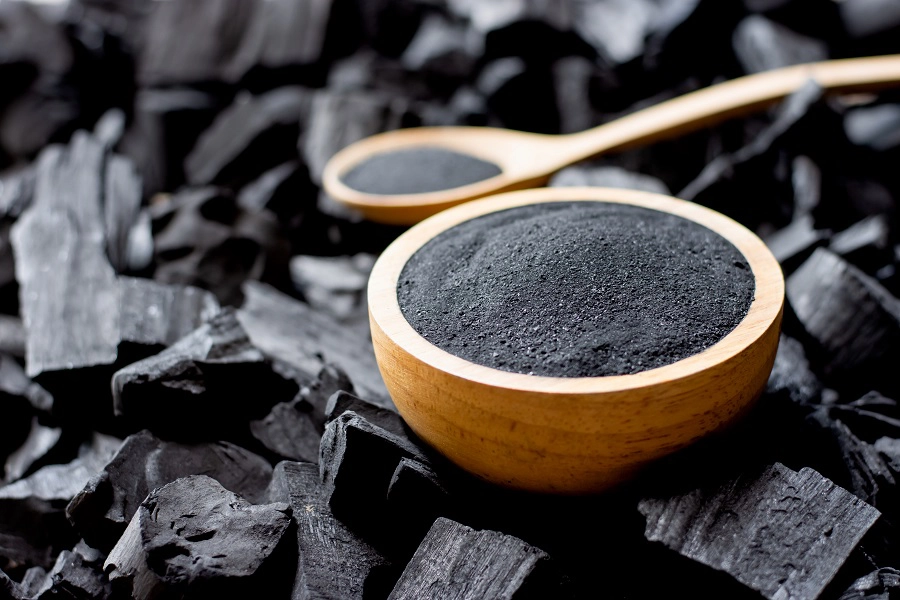
Activated carbon comes in different forms:
- Granular Activated Carbon (GAC - Granular Activated Carbon): made up of particles comparable in size to sand (approx. 0.8 mm), it is used when a material with larger pores and a smaller specific surface area is required.
- Powdered Activated Carbon (PAC - Powdered Activated Carbon): made up of smaller particles, it is used when an activated carbon with smaller pores and a larger specific surface area is required.
- Extruded Activated Carbon (EAC - Extruded Activated Carbon): made up of extruded small cylinders, it is used for the treatment of gaseous emissions (e.g. in solvent recovery plants, VOCs), where low pressure drops are required.
Activated carbon can be produced from various organic substances with a high carbon content, such as wood, charcoal, peat and coconuts.
Activated carbon is therefore used in the filtration, purification, deodorisation and decolourisation of fluids. Under the microscope, it can be observed that activated charcoal is composed of a network of tunnels that gradually narrow, allowing pollutants in the air to be captured.
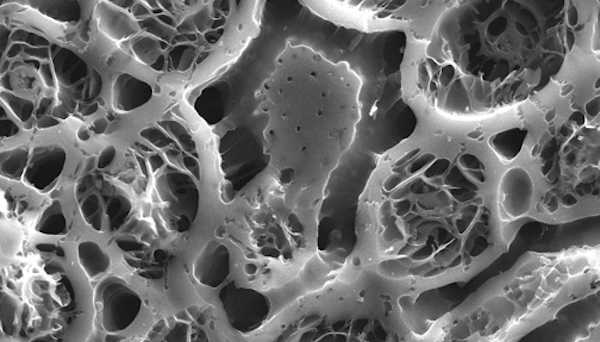
The use of activated charcoal in respiratory protective equipment is essential to control toxic gases and vapours as well as unpleasant odours, allowing users to breathe clean air during operation.
In addition to the filters of reusable masks, some models of BLS disposable masks integrate a layer of activated charcoal along with the filter material. This treatment allows the products to absorb unpleasant odours, increasing protection and comfort during use. One example is the BLS Zer0 30 C filtering face mask.
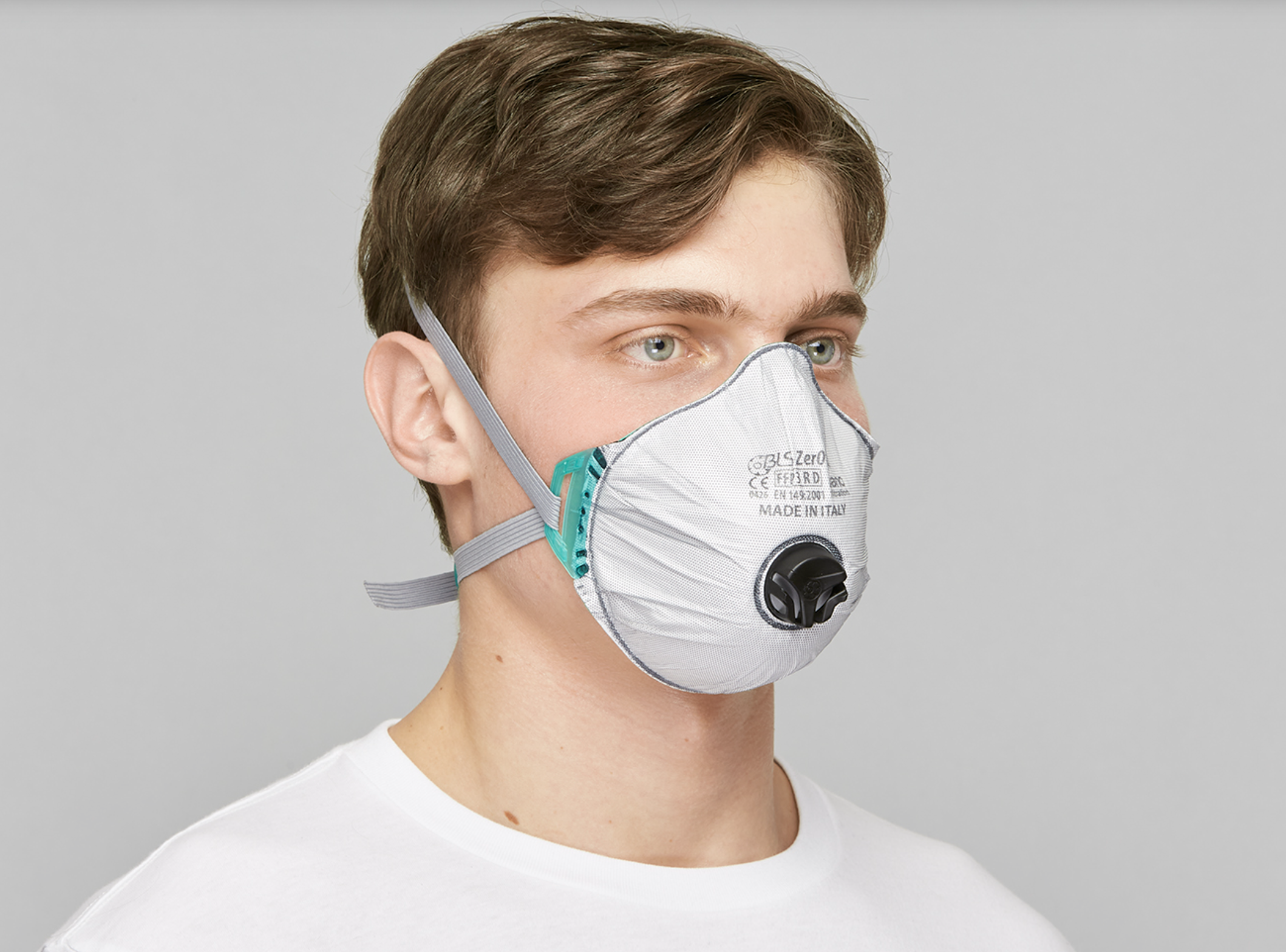
So let's find out which BLS products have activated carbon and what their advantages are.
A layer of fabric impregnated with activated charcoal can be added to the filter materials of disposable masks. This special layer acts by blocking unpleasant odours. Activated carbon models protect against acidic, organic and ozone gases/vapours below the substance-specific Threshold Limit Value (TLV). This specification is present in the following series:
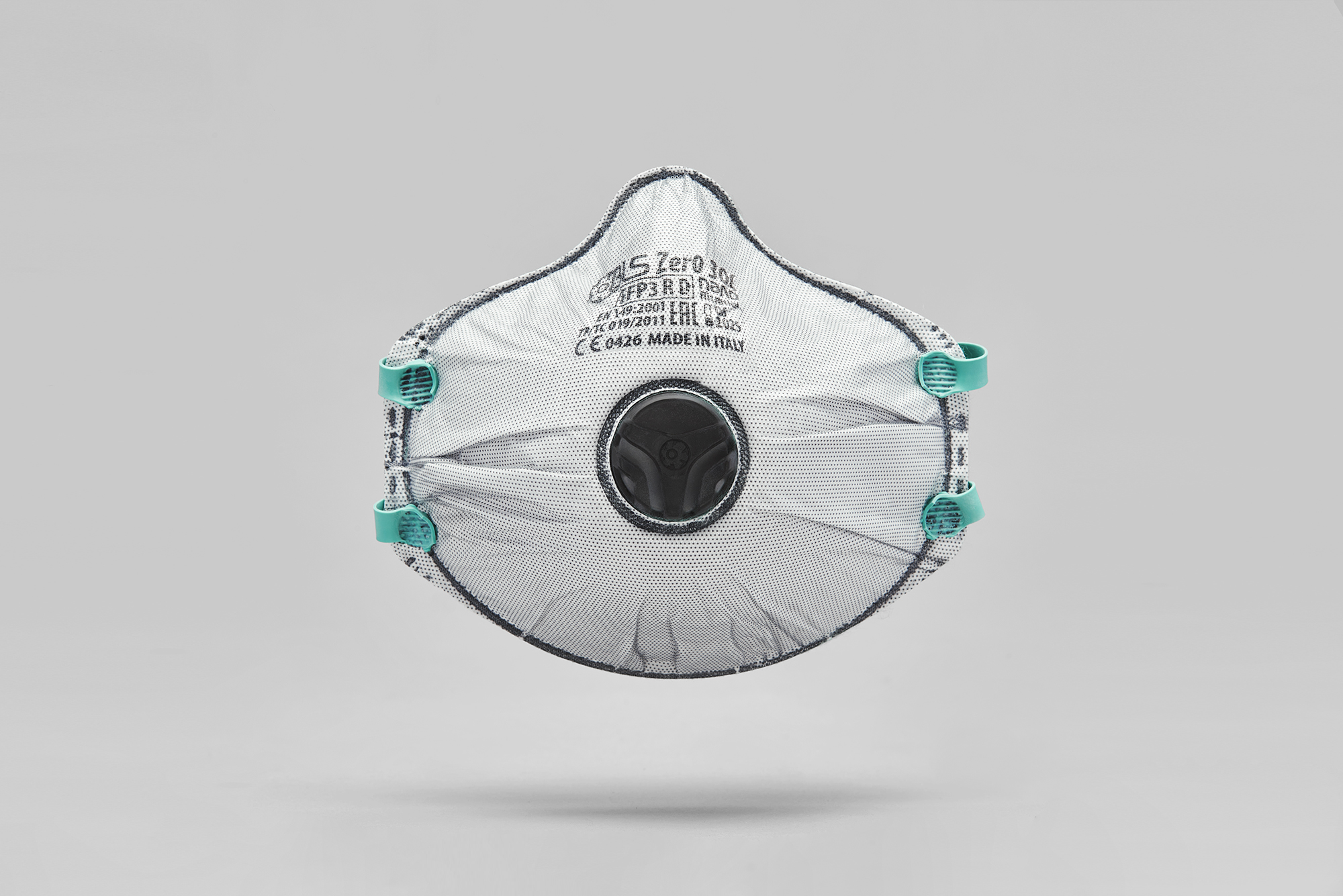
BLS Zer0 series: in the BLS Zer0 30 C, BLS Zer0 31 C and BLS Zer0 32 C models

BLS Zer0 Flat: in the BLS Zer0 33 C model (soon to be available)
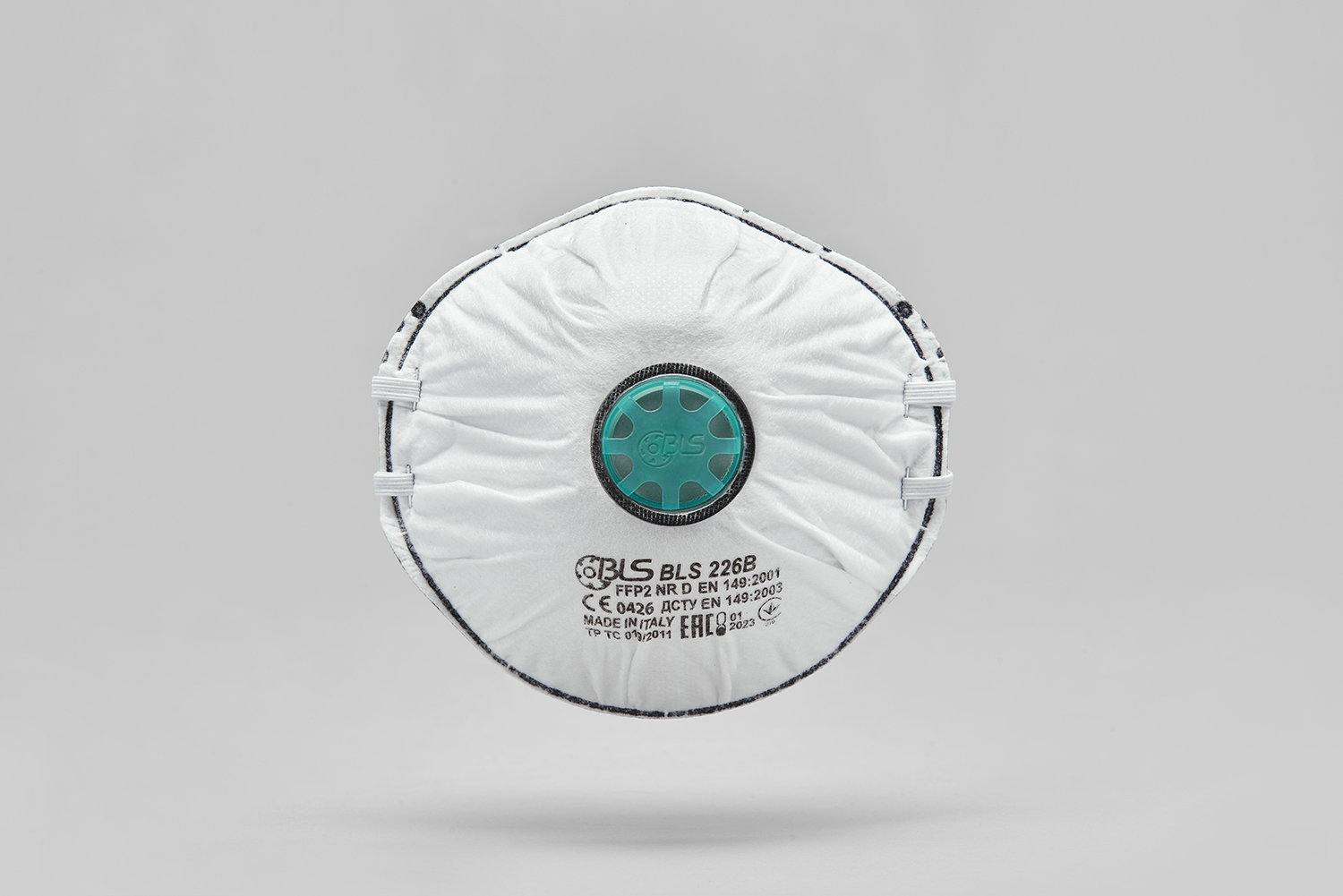 BLS Classic: in the BLS 226B model
BLS Classic: in the BLS 226B model
The quality of activated carbon used by BLS for gas and vapour filtration meets high safety standards and guarantees excellent filtration performance. They are manufactured without using toxic additives, such as Hexavalent Chromium (CR VI). They are available in the following series:

Serie BLS 8000 next: new models BLS 8100 next, BLS 8400 next, BLS 8600 next

Filters of the BLS 201 b-lock in the BLS 201-3C P3 R series compatible with the BLS 4000 next and the BLS 5000 b-lock series

BLS 400 Universal Series filters compatible with BLS SGE46 and BLS 5000 Universal, BLS 3000 and BLS 2000 .

Scopri gli eventi BLS di questo mese
24-27 ottobre
A+A 2023
Düsseldorf, Germania
stand n. 9B32
Serie BLS 400 Vai sul sicuro e prova i filtri con raccordo universale di BLS. La connessione filettata è standardizzata secondo la normativa EN 148-1 ed è compatibile con altri dispositivi di protezione respiratoria presenti sul mercato. Non le manca nulla: cosa aspetti a provarla? Con la serie di filtri a connessione universale BLS […]
Never Stop Breathing La qualità del vostro respiro è la base del nostro lavoro. Ecco perché ce ne prendiamo cura in ogni momento della vostra vita. Guarda questo video per scoprire il primo protagonista della nuova campagna ADV BLS, che ci accompagnerà per tutto il prossimo anno. Questo progetto di comunicazione nasce dai concetti sviluppati […]